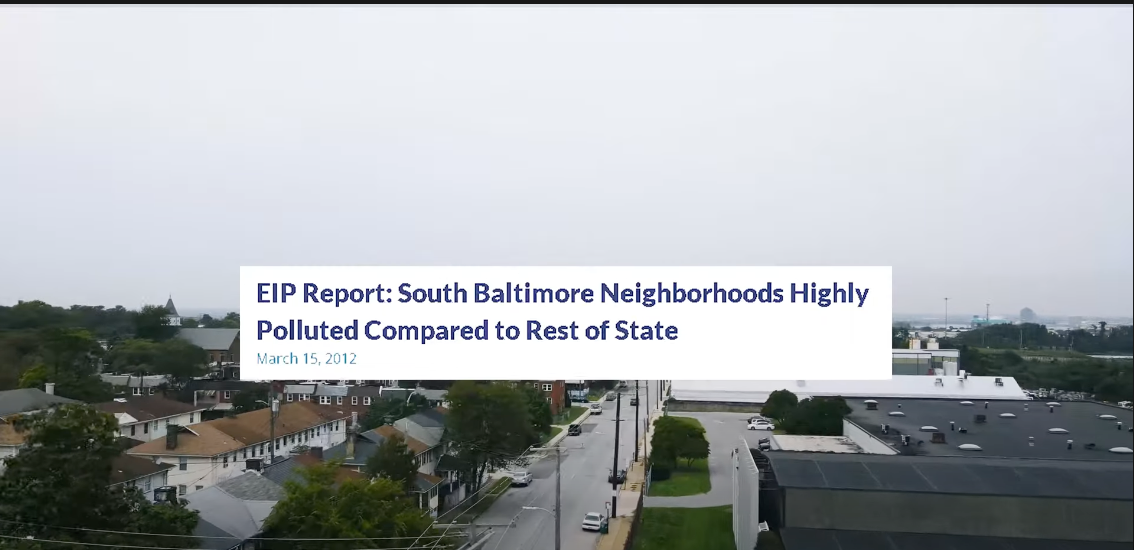
AgroEcoBlog
Congratulations to Helen and Alison, Masters of Agroecology!
Congratulations to Alison and Helen, masters of agroecology!
Agroecolabber, Yazan Hasan, receives Honorable Mention in EPA Environmental Justice Video Challenge
Former AgroEcoLab intern, Yazan Hasan wins Honorable Mention in the EPA’s EJ Video Contest. Check out the winning video!
The Research Behind Salty Soils: What is saltwater intrusion and what are scientists doing about it?
“Saltwater is a particularly tricky invader because of the ability to move inland both above and below ground quickly and without initial notice.”
How salty is too salty?
“This research is paramount to understanding how agroecosystems systems may be affected by factors brought about by climate change.“
Switching to Switchgrass
“Of the many consequences of saltwater intrusion, one major negative effect is the toll it takes on agricultural fields and, therefore, farmers.”
Changing Landscapes & the Call to Action: Building Climate Change Resiliency at the Agroecology Lab
“After nearly 4 months at the lab, the biggest takeaway from my time as a research assistant would be my appreciation for the long, tireless processes that researchers go through to make sure they get accurate, reliable results.”
Video on Maryland’s Changing Landscapes
Check out the latest video on Maryland’s changing landscapes.
Cover Crops: More Important Than Many Believe
“There is a need for further research and development to better reach the needs of both conventional and organic farmers and encourage cover crop use.”
Saltwater Intrusion is So-dium Awful
“…agricultural fields are devastated due to the influx in sodium levels in the soil, which can cause serious damage to the soil over time.”
Putting the “P” in Plants
“The project that I work on focuses on eutrophication, and specifically how we might be able to reduce the amount of phosphorus entering the Chesapeake Bay. “
To Till, or not to Till? That is the Question
“The work I am doing in the Agroecology lab is centered around understanding how different agricultural management practices affect soil organic carbon (SOC) storage.”
Soil, and Carbon, and Crops…Oh My!
“As a vital ecosystem that sustains plants and animals, soil is one of the most (if not the most) crucial aspect of an agricultural system.”
New pub on interseeding legumes into soybean
We hope this research will contribute to the expansion of management options available to farmers for integrating cover crops into their cash crop rotations!
Kate interviewed on Ave Organics Podcast
Check out the Ave Organics Podcast where Kate talks about soil organic carbon.
Kate interviewed on Matter of Fact with Soledad O’Brien
Check out the latest piece featuring the AgroEcoLab.
Soil is charged
One of the most important roles of soils is being a source of nutrients for the organisms that live within it.
Intruder alert! The rising threat of saltwater intrusion
Many of the recommended strategies to “go green” focus on reducing waste and preserving resources, but there are other ongoing problems associated with climate change that are not as well known. One such concern is with saltwater intrusion.
Marsh madness!
A team from the AgroEcoLab, University of Delaware, and Virginia Institute of Marine Science hauled 600 pounds of equipment deep into the Maryland marshes!




















